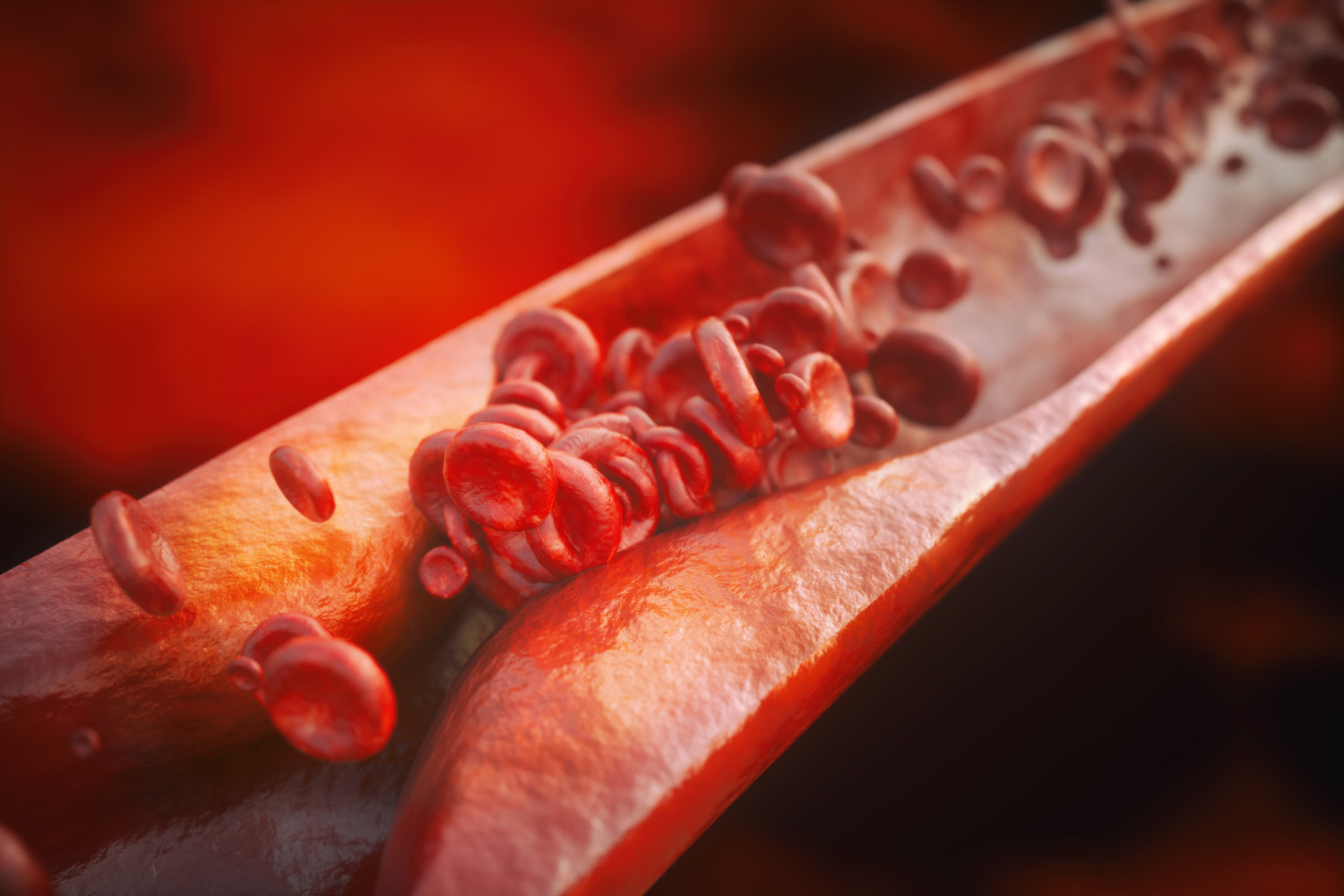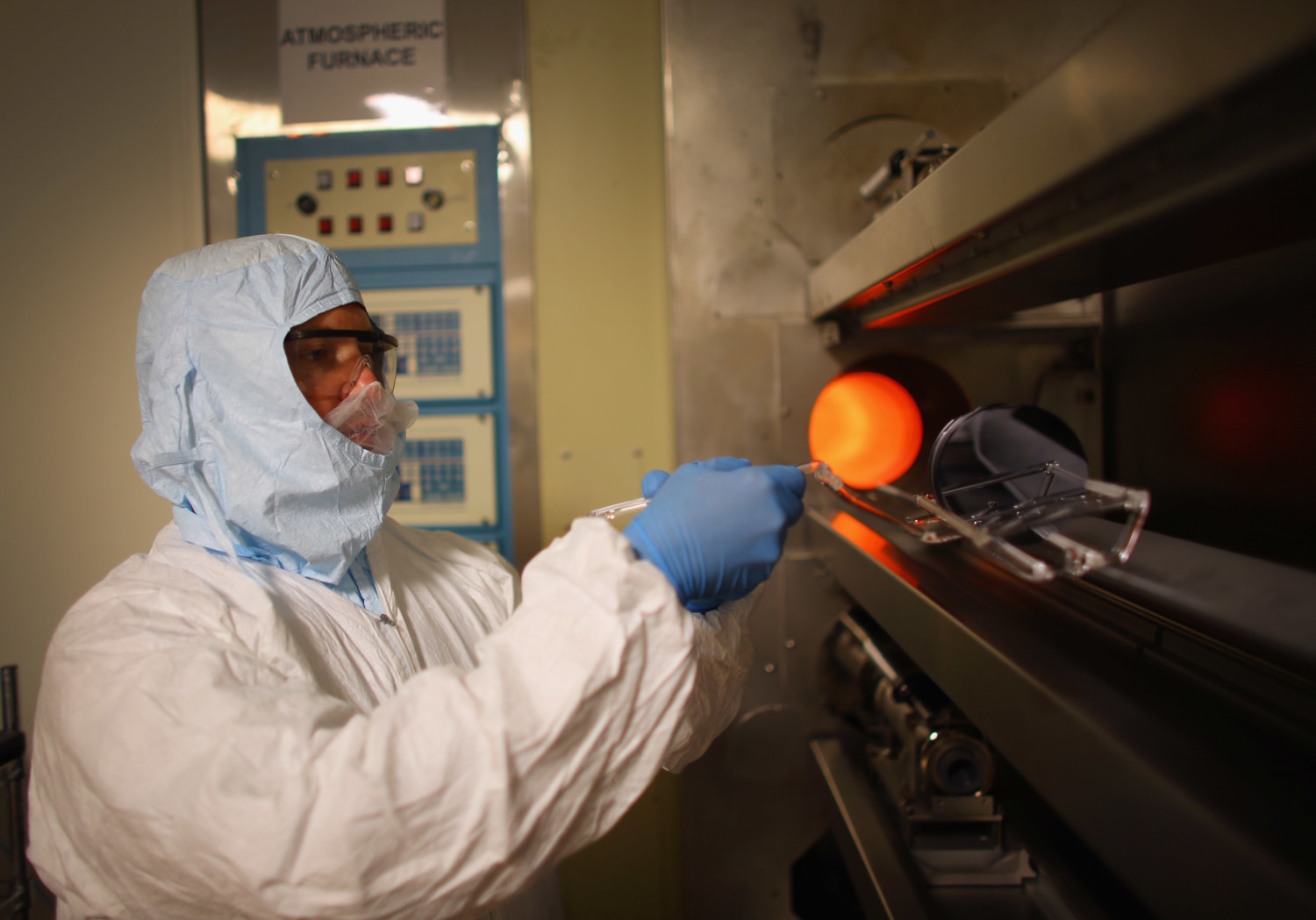Scientists at Michigan State University and Stanford University recently announced a promising new treatment for heart disease: Tiny nanoparticles that can eat away at the plaque within blood vessels, reducing the risk of a heart attack.
Nanoparticles are extremely tiny particles, measuring less than 100 nanometers, that can be engineered for use in biology and other scientific disciplines. In this case, researchers were able to devise a particle that targets the plaque buildup that can block blood vessels — a condition called atherosclerosis.
Left untreated, atherosclerosis can lead to cardiac problems like heart attacks or heart failure, stroke and kidney disease.

The new nanoparticle, described as a “Trojan horse” by Science Daily, attacks dangerous plaques by zeroing in on immune cells within the plaques. Called macrophages, these cells are then triggered by the nanoparticle to consume diseased cells in the plaque.
“We found we could stimulate the macrophages to selectively eat dead and dying cells … that are part of the cause of heart attacks,” Bryan Smith, associate professor of biomedical engineering at Michigan State, told Science Daily. “We could deliver a small molecule inside the macrophages to tell them to begin eating again.”
Smith also said that any side effects of the nanoparticle drug would be minimal because of its “unprecedented” selectivity.
That selectivity is part of what makes nanoparticle treatments an exciting frontier in medicine. Scientists are studying how to apply nanotech to all sorts of health problems, from spinal cord injuries to drug-resistant bacteria to breast cancer.

As for this new nano-treatment for blood-vessel plaques, we have a ways to go until it might hit the market. The new nanoparticle still must undergo testing in animals and humans to confirm its efficacy and safety.
Smith, the biomedical engineering professor at Michigan State, is optimistic. He’s already filed a provisional patent.
“It gives a particular energy to our future work,” Smith said of their lab results in Science Daily. “We believe it is better than previous methods.”
Fantastic news for the years ahead!
This story originally appeared on Simplemost. Checkout Simplemost for other great tips and ideas to make the most out of life.



